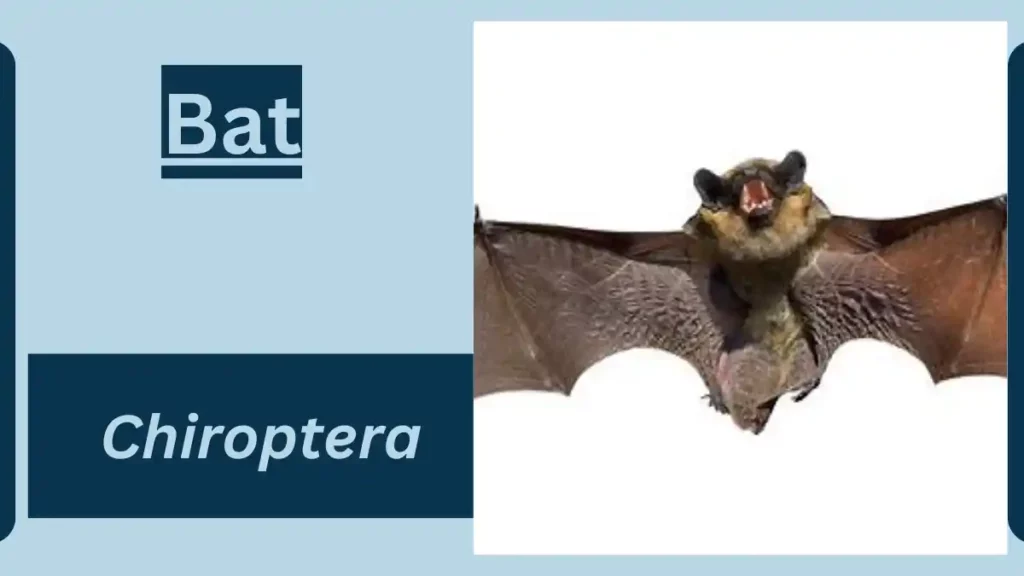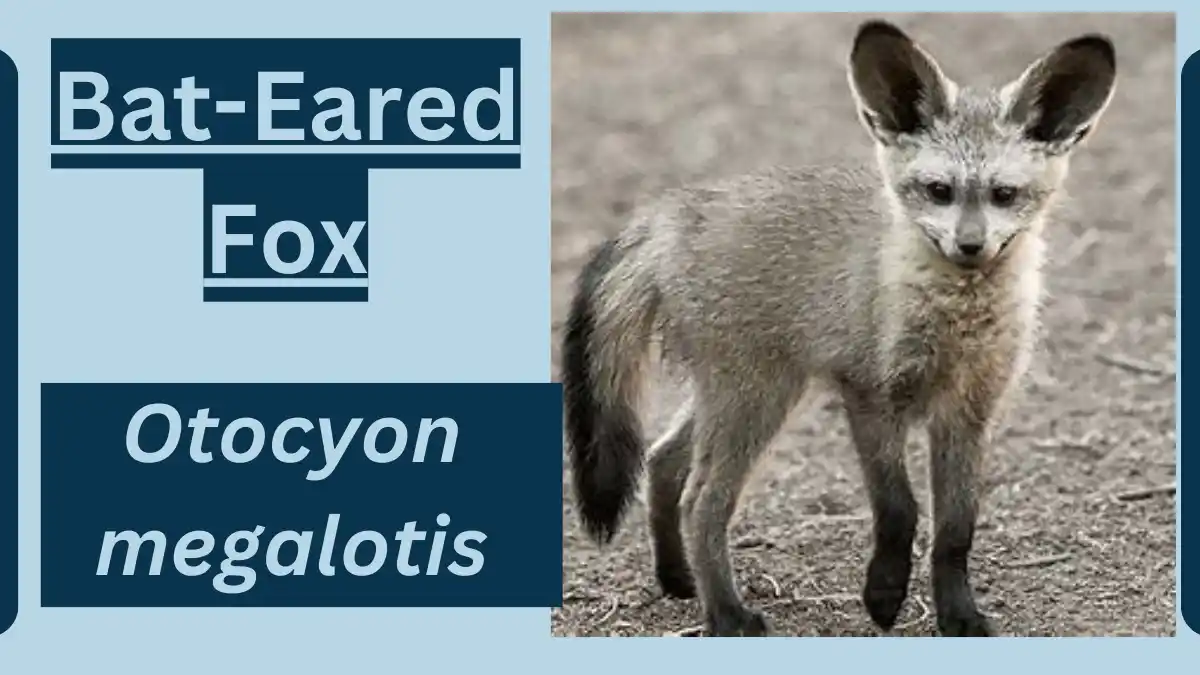Bat Animal Facts | Chiroptera
October 16, 2023
Bats are fascinating and diverse flying mammals known for their unique features and behaviors.

Bat
Here are some Facts about bats:
| Topic | Information |
| Scientific Classification | – Kingdom: Animalia |
| – Phylum: Chordata | |
| – Class: Mammalia | |
| – Order: Chiroptera (Bats) | |
| – Suborders: Megachiroptera (large fruit bats/flying foxes) and Microchiroptera (small insect-eating bats) | |
| Anatomy and Appearance | Physical Characteristics: Bats have a distinctive wing structure that consists of a thin membrane of skin stretched between elongated finger bones, allowing for powered flight. Their fur varies in color, and they have large, often pointed ears. |
| Size: Bats come in various sizes, with the smallest species having a wingspan of a few inches, and the largest, like the flying foxes, can reach wingspans of over 5 feet (1.5 meters). | |
| Distribution and Habitat | Bats are found all over the world, with the exception of extreme desert and polar regions. They inhabit diverse habitats, including caves, forests, urban areas, and open fields. |
| Behavior and Lifestyle | Nocturnal: Bats are primarily nocturnal, being active at night. They are adapted for low light conditions and have excellent night vision. |
| Echolocation: Many bat species use echolocation, emitting high-pitched sounds that bounce off objects to help them navigate, locate prey, and avoid obstacles. | |
| Diet and Prey | Bats are incredibly diverse in their diet. While some species feed on nectar, fruit, or pollen, others are insectivores, carnivores, or even fish-eaters. Some large bats, like the flying foxes, are frugivores. |
| Predators and Threats | Natural predators of bats include owls, hawks, and some snakes. Human activities, habitat destruction, and disease, such as White-nose Syndrome, are significant threats to bat populations. |
| Reproduction and Life Cycles | Bats reproduce sexually, with females giving birth to live young. The number of offspring varies by species. Baby bats, called pups, are cared for by their mothers and are nursed with milk. |
| Interesting Facts and Features | Flying Mammals: Bats are the only mammals capable of sustained flight. Their wing structure and echolocation abilities are unique in the animal kingdom. |
| Pollination: Some bat species play a crucial role in pollinating flowers and spreading seeds, making them essential for maintaining ecosystem health. | |
| Relationship with Humans | Bats have been subjects of various myths, legends, and cultural representations throughout history. While they are often misunderstood and sometimes feared, they provide essential ecological services, including pest control and pollination. |
| Conservation Status and Life Today | Many bat species are facing conservation challenges, with some being listed as endangered or vulnerable. Conservation efforts focus on protecting their habitats and raising awareness about their importance in ecosystems. |
File Under:







Leave a Reply